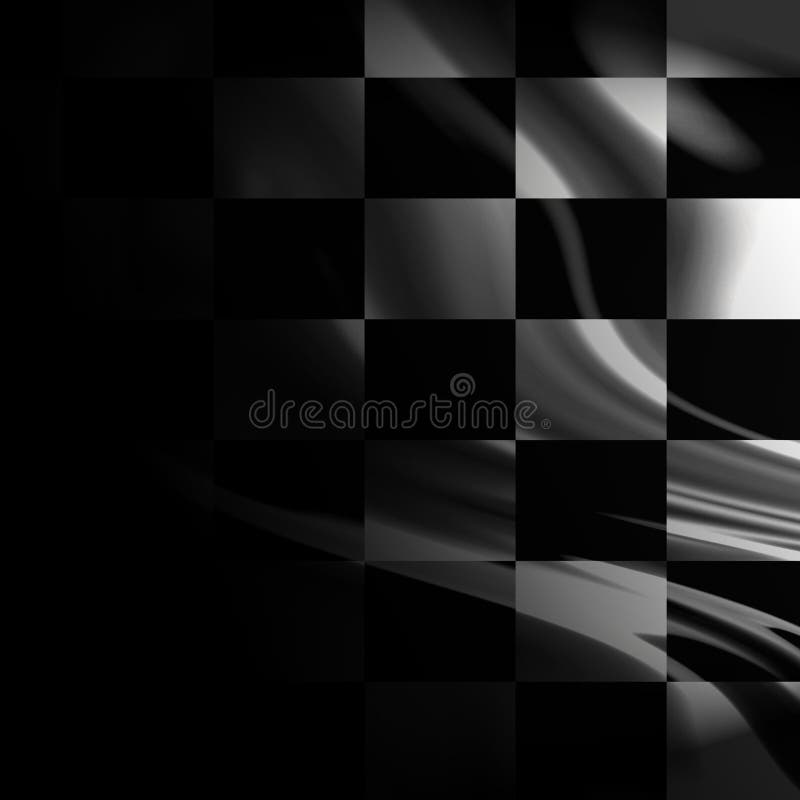


Tilleczek argued that expanding the symbolic range of the Pride flag, for example, can have real-world effects, enhancing intra- and intercommunal bonds by creating a sense of belonging: “Shared symbols … can interpolate people into a collective sense of community.” candidate at the University of Toronto who is researching queer activism, told me. “Flags as symbols facilitate sociality between strangers, inviting community between people who may never actually meet,” Elliott Tilleczek, a Ph.D. They represent what the historian Benedict Anderson called “imagined communities”-self-constituted entities, united less by shared experiences than by shared beliefs in shared experiences. And this year brought another version from Intersex Equality Rights UK, featuring a yellow triangle and purple circle to represent the intersex community, or people born with a reproductive anatomy that doesn’t fit typical male or female definitions.įlags are political symbols, borrowed from the vocabulary of nationalism, with similar overtones of citizenship, belonging, borders. One year later, the Oregon-based graphic designer Daniel Quasar added the trans flag’s stripes as a horizontal chevron to make the Progress Pride Flag. In 2017, Philadelphia’s Office of LGBT Affairs introduced black and brown stripes to the Pride flag to recognize queer and trans people of color. When I was young and newly out of the closet, around 2013, I saw LGBTQ flags for every community imaginable online, including esoteric variants, such as the green, black, white, and grey aromantic flag, and a pale pink and yellow flag for slim, hairless 20-something twinks. The now-familiar six-stripe flag is actually a redesign. Later that year, though, the flag lost its pink stripe because of fabric unavailability at the local manufacturer, and turquoise fell off the year after for the same reason. That earliest iteration included pink and turquoise stripes, symbolizing sex and art, respectively-parts of queer life that the designers thought were worth fighting for. Since its first flight at 1978’s Gay Freedom Day Parade in San Francisco, the rainbow flag has evolved multiple times.


 0 kommentar(er)
0 kommentar(er)
